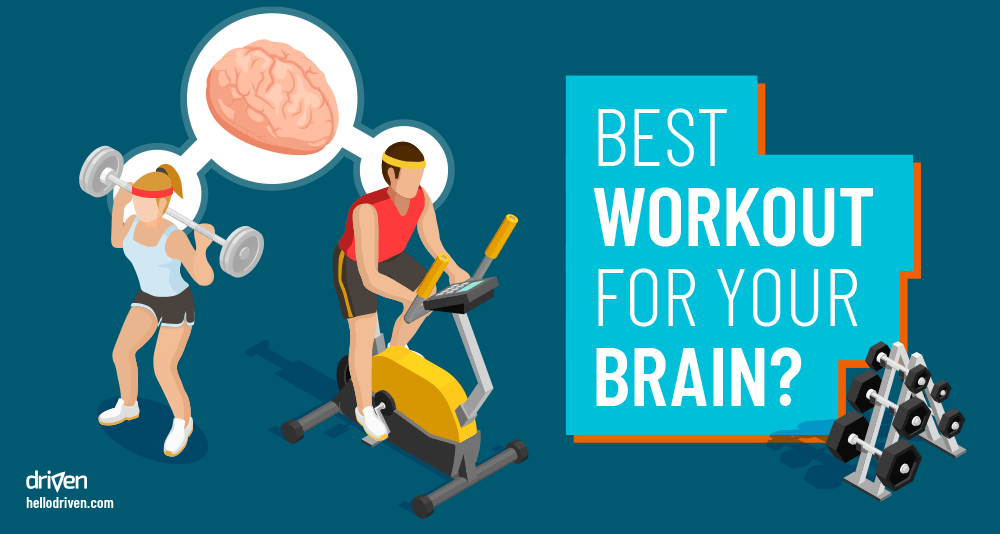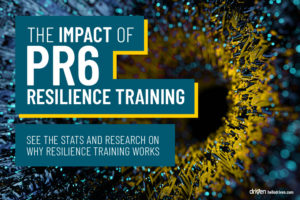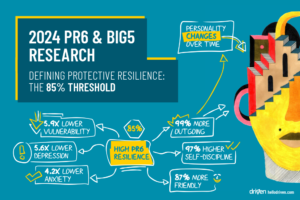By now you might have heard how exercise can increase important neurochemicals such as BDNF which is important for neuroplasticity. Exercise has been shown to have a lot of benefits for your brain, such as keeping you mental sharp, improving memory, and even preventing neurodegenerative diseases.
This is interesting because it means that exercise is not necessarily about how you look, but instead quite important to support your brain health and keep you feeling great.
There are a lot of articles out there quoting research about aerobic exercise being the best for your brain. The general guideline being to do 30 minutes of vigorous aerobic exercise four times a week to keep your brain healthy.
Which exercise is best?
A recent paper that tested different exercise methods on rats to see which is best to increase BDNF levels and neurogenesis (if you are new to BDNF, read my previous article about why it’s important). They used four different groups in the study:
A control group that did no exercise
An aerobic exercise group the voluntarily ran as much as they liked
A strength training group that had weights tied to their tails while climbing ladders
An interval training group that were placed on an automated treadmill that varied speeds
After dissecting the brains of each group (the main reason why this hasn’t been done with humans yet…), the researchers noticed that aerobic exercise rats had the greatest increase in new neurons, and therefore had the largest BDNF increase. Rats that did strength training and interval training did not see much improvement.
So aerobic exercise wins?
Not so fast!
The researchers call out as a limitation that they did not measure motivation as part of the study. This, I believe, is a critical factor that we need to consider. It’s well known that BDNF has an inverse relationship with cortisol, meaning that if we get stressed, we are less able to learn and adapt.
You might notice some differences in the training techniques used:
The free running exercise was voluntary. They could run to their heart’s content and stop when they wanted to.
The strength and interval training was forced. The rats were slowly loaded up with weights until they physically couldn’t climb anymore, or they were placed on a treadmill that automatically varied speeds.
We may be able to assume that the rats probably enjoyed voluntary exercise, while being forced to exercise less so.
Motivation matters
Essentially, when being forced to climb a wall with weights attached to their tails, do the rats experience it as high stress? Cortisol levels are relatively easy to test, so I would propose the study be repeated alongside cortisol measurement to determine the relative stress of each form of exercise used.
Those that did strength training had a 46% lower chance of early death than those who did not
Really what we know from this study is that letting rats run free is good for BDNF, while we are not sure about other exercise methodologies just yet because we might have accidentally been torturing them (which is not good for BDNF).

What’s also interesting here is that a similar study from 2010 using the exact same methodology concluded that both aerobic exercise and weight training are beneficial, later clarifying that even though BDNF wasn’t increased in rats, cognitive function and learning still improved.
Ok, so what to believe?
First of all, we should always be careful about assuming what applies to animals applies to humans. There are many additional factors that can invalidate a result found in animals when we try to apply it to humans. This is why we need to look for corroborating evidence on humans to see if what we found with animals predict outcomes with humans. With this exercise research we see a clear conflict.
From the rat study, we would expect that strength training would not have any real benefit to humans. However, in 2016 a 15-year longitudinal study followed over 30,000 people who did strength training, compared to 270,000 people who did not. Those that did strength training had a 46% lower chance of early death than those who did not, even at 55+ years old. Basically, weight training makes you live longer.
Not only that, another study showed that resistance training increases cognitive performance and wards off dementia.
Really, the best exercise is whatever you will keep doing
To be clear, these results were with humans, not rats. These are significant results, and are much more informative than a rat study with limitations to resolve. These are the kind of results that we should use to inform decisions about our lives because it includes results from other people. Animal models are great for many things, but don’t rely on them when human evidence is already available.
The takeaway?
It’s quite simple:
If someone is forcing you to do exercise and you hate it, then it’s probably not helping
If you enjoy your exercise, whether it’s aerobic or weights or something else, then it’s good for you
Aerobic exercise is good, interval training is good, and weight training is also good. Really, the best exercise is whatever you will keep doing.
Have confidence in your choice, and stick with it!
Stay resilient,
Jurie



